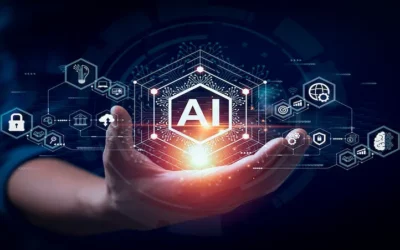The world of education has seen a seismic shift in recent years, propelled by the relentless march of technology. In 2023, educators find themselves at the forefront of innovative teaching, navigating a landscape transformed by the fusion of traditional teaching methods with cutting-edge educational technology (EdTech).
This blog will delve into the remarkable journey of educators and the evolving role of EdTech in today’s classrooms, all while avoiding the typical AI-generated jargon.
Table of contents
- The Evolving Role of Educators
- The Dynamic Duo: Teachers and EdTech
- Personalized Learning Takes Center Stage
- EdTech for Inclusivity and Accessibility
- Breaking Down Geographical Barriers
- Virtual Reality (VR) and Augmented Reality (AR)
- Artificial Intelligence (AI) in the Classroom
- Collaboration Across Borders
- Data-Driven Decision Making
- The Art of Balancing Technology
- Conclusion
The Evolving Role of Educators
In 2023, educators are no longer mere purveyors of knowledge but rather facilitators of learning journeys. As technology continues to advance, teachers have adapted by becoming guides, mentors, and co-learners in the classroom.
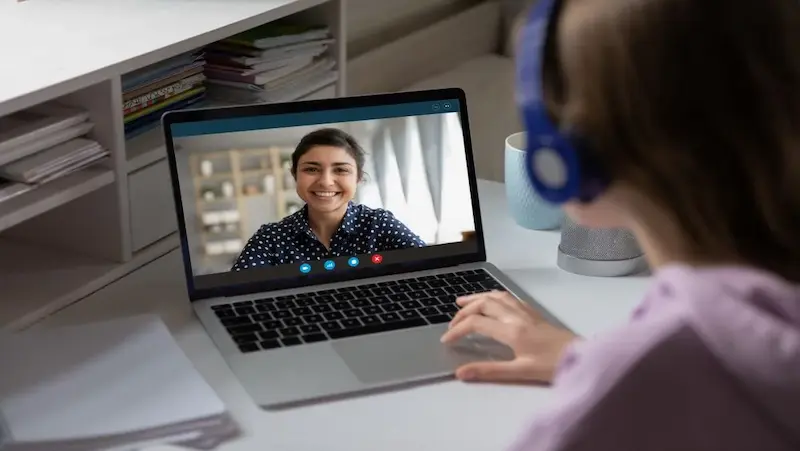
They recognize that rote memorization is no longer the focus; instead, they encourage critical thinking, creativity, and problem-solving skills. This shift allows students to take ownership of their learning, fostering a more engaging and self-directed educational experience.
The Dynamic Duo: Teachers and EdTech
Education has always been about the profound connection between teachers and students. In 2023, this remains steadfast, albeit with a twist. Educators are no longer just keepers of knowledge but also tech-savvy facilitators who harness the power of EdTech to enhance learning experiences.
In the old days, a teacher’s toolkit consisted of a chalkboard, textbooks, and a passionate dedication to their craft. Today, teachers wield laptops, interactive whiteboards, virtual reality headsets, and a myriad of innovative teaching apps to engage and inspire students.
Personalized Learning Takes Center Stage

In the past, classrooms followed a one-size-fits-all approach, leaving some students bored and others struggling to keep up. In 2023, technology has enabled educators to tailor instruction to the unique needs learning strategies styles of each student.
Imagine a math class where a student struggling with fractions can access personalized exercises and receive immediate feedback through a math app. Meanwhile, a student who excels in the subject can explore advanced topics, fostering a sense of achievement and motivation.
EdTech for Inclusivity and Accessibility
Inclusive education has gained prominence, thanks to advancements in EdTech. In 2023, teachers have powerful tools at their disposal to accommodate diverse learners, including those with disabilities.
For example, speech-to-text technology assists students with hearing impairments, while screen readers make online content accessible to visually impaired students. Moreover, adaptive software adjusts its pace to cater to the needs of learners with various cognitive abilities.
Breaking Down Geographical Barriers
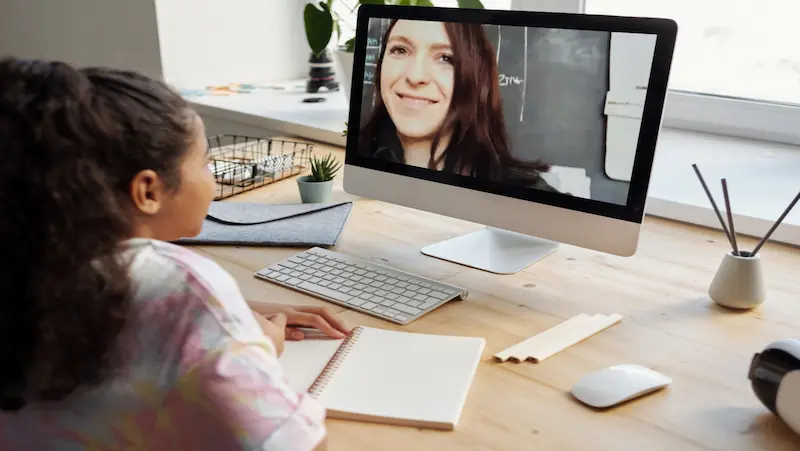
The geographical boundaries of high-school education are dissolving rapidly. Through virtual classrooms and online learning platforms, students and teachers from across the globe can connect and collaborate seamlessly. This shift has opened up a world of opportunities for both educators and learners.
Teachers in remote areas can access professional development resources and connect with their peers globally, enriching their own knowledge and teaching practices. Similarly, students in underserved regions can access high-quality education that was once out of reach.
Virtual Reality (VR) and Augmented Reality (AR)
Virtual Reality and Augmented Reality have revolutionized the educational landscape in 2023. These immersive technologies transport students to virtual worlds, making complex concepts come to life.
For instance, biology classes now include virtual dissections where students can explore the intricacies of anatomy without the need for real specimens. History lessons are enriched by virtual tours of historical events and places.
Educators are harnessing the power of VR and AR to make learning resources more engaging and interactive, fostering a deeper understanding of subjects.
Artificial Intelligence (AI) in the Classroom
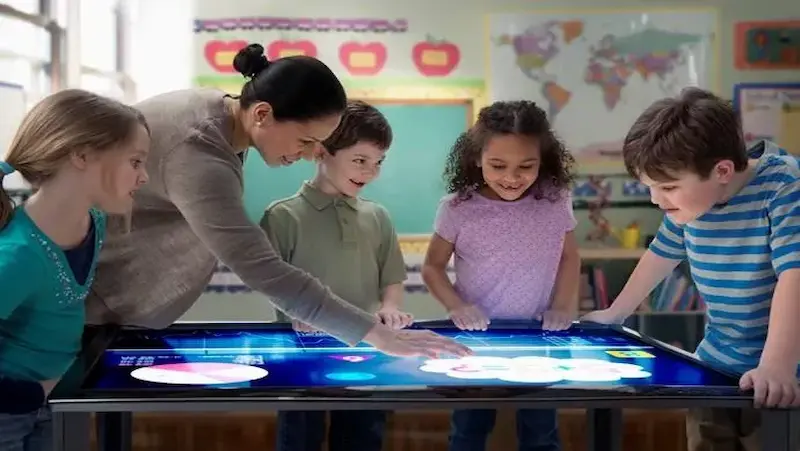
Artificial Intelligence has become an integral part of education in 2023. AI-powered tools are used for personalized learning, allowing educators to tailor instruction to individual students’ needs.
Adaptive learning platforms use AI algorithms to analyze students’ performance and adjust the curriculum accordingly. This ensures that no student is left behind and that each one receives a customized learning experience.
AI chatbots and virtual teaching assistants are available 24/7 to answer student questions and provide additional support. These AI-driven tools not only enhance the learning process but also alleviate some of the workload on educators, allowing them to focus on more personalized interactions with students.
Collaboration Across Borders
In 2023, educators are breaking down geographical barriers to foster global collaboration. With the help of video conferencing, online forums, and collaborative platforms, students from different parts of the world can connect, share ideas, and work on projects together.
This global perspective enriches the learning experience, exposing students to diverse cultures and viewpoints.
Educators are collaborating with colleagues from around the world to share best practices and innovative teaching methods. Online professional development courses and virtual conferences have become commonplace, allowing educators to stay updated on the latest trends in education and continuously improve their teaching skills.
Data-Driven Decision Making

Educational technology has given educators access to a wealth of data about student performance. In 2023, educators are leveraging this data to make informed decisions about curriculum design and teaching strategies.
Through analytics tools, they can identify areas where students are struggling and intervene with targeted support. This data-driven approach ensures that teaching is not one-size-fits-all but is tailored to the specific needs of each student.
The Art of Balancing Technology
As much as EdTech has revolutionized education, it comes with its own set of challenges. Teachers in 2023 must skillfully navigate the delicate balance between technology and human interaction. It’s essential to ensure that students do not become passive consumers of information but active participants in their own learning journey.
Conclusion
In 2023, the world of education is a vibrant and ever-evolving landscape where teachers and EdTech are co-pilots on a journey of innovative teaching. While technology has ushered in unprecedented opportunities for personalized learning, inclusivity, and global collaboration, it is essential to remember that the heart of education remains the connection between educators and students.
As we move forward, educators must continue to adapt and harness the power of technology while preserving the essence of what makes teaching an art as well as a science.
The future of education is undoubtedly exciting, promising, and full of opportunities for both teachers and students. Together, they will continue to shape the landscape of education for generations to come.
To get your hands on more educational and free resources on coding for kids, robotics for kids, financial education for kids, etc., do check out the BrightCHAMPS Page now!
To get your hands on more such articles, educational content, and free resources on coding for kids, robotics courses, game development, etc., check out the BrightCHAMPS Blog Page now!

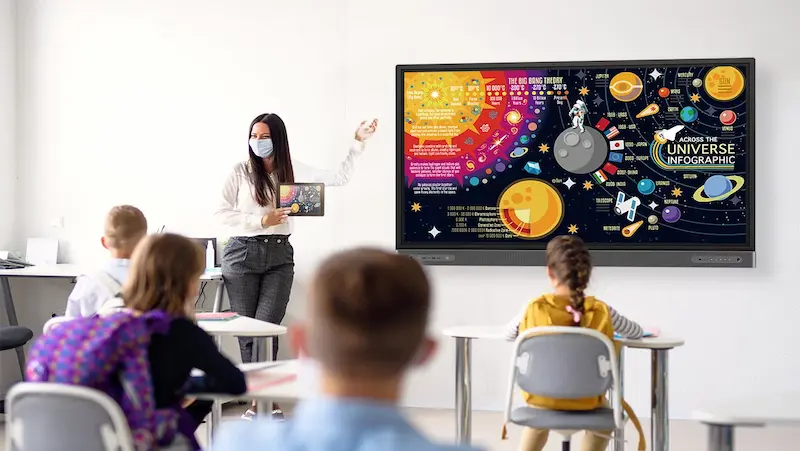
 We are an army of educators and passionate learners from BrightChamps family, committed to providing free learning resources to kids, parents & students.
We are an army of educators and passionate learners from BrightChamps family, committed to providing free learning resources to kids, parents & students.









